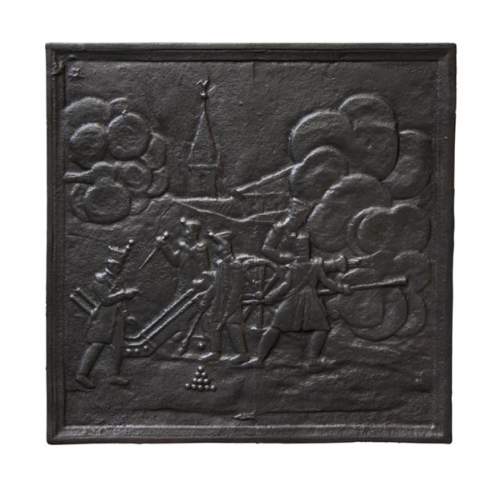My selection (2 Objects)
Recommended for you :
Dimensions:
Width: 50
Height: 49
Depth: 1
Dimensions:
Width: 151
Height: 105
Dimensions:
Width: 42
Height: 42
Depth: 2
Dimensions:
Width: 76
Height: 76
Depth: 4
Dimensions:
Width: 54
Height: 71
Depth: 2
Dimensions:
Width: 54
Height: 63
Depth: 5
Dimensions:
Width: 44
Height: 44
Depth: 3
Dimensions:
Width: 62
Height: 62
Depth: 2
Dimensions:
Width: 37
Height: 37
Depth: 1
Dimensions:
Width: 59
Height: 59
Depth: 2
Dimensions:
Width: 62
Height: 63
Depth: 2
Dimensions:
Width: 80
Height: 80
















